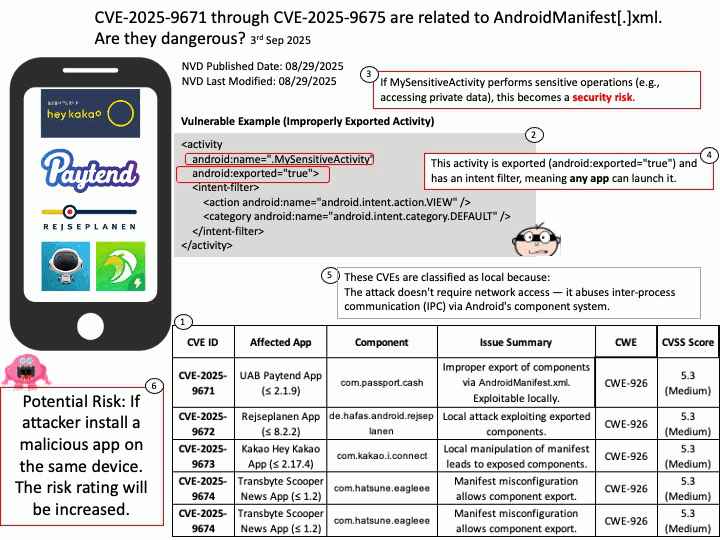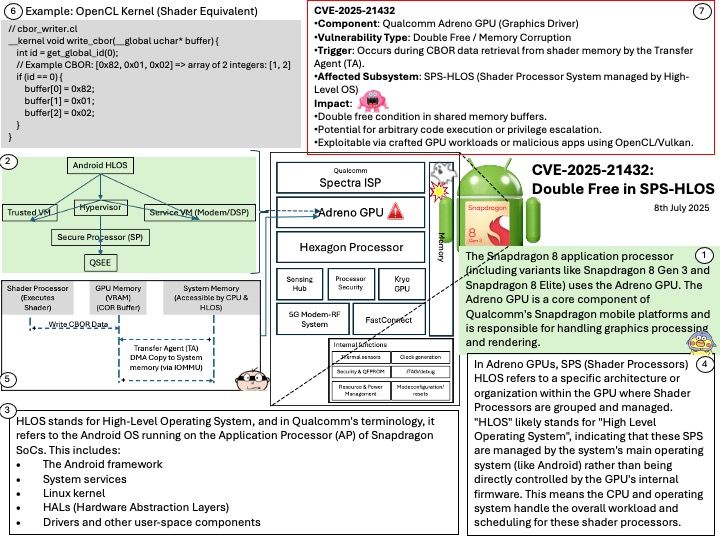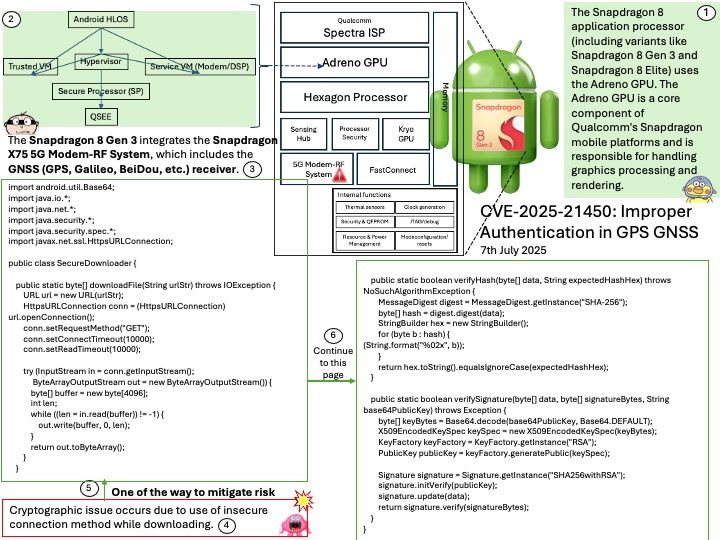Published: 2025-11-21
Preface: The “mach kernel” in iOS refers to the **Mach kernel component of the XNU hybrid kernel, which is the core of Apple’s iOS operating system. XNU is a hybrid kernel that merges the Mach microkernel with components from the BSD Unix system to create a single, cohesive kernel that runs iOS and other Apple operating systems like macOS. This kernel architecture applies to all current iOS versions and will continue to be used in future versions running on Apple Silicon.
Background: In Apple platforms, the thread_amount function calls task_threads (via Mach kernel APIs) which allocates memory for the thread list. iOS uses a hybrid kernel called XNU, which is an acronym for “X is Not Unix”. This kernel combines components of the Mach microkernel and the FreeBSD Unix kernel to form the core of Apple’s Darwin operating system, which underpins iOS, macOS, watchOS, and other Apple platforms.
Vulnerability details: thread-amount is a tool that gets the amount of threads in the current process. Prior to version 0.2.2, there are resource leaks when querying thread counts on Windows and Apple platforms. In Windows platforms, the thread_amount function calls CreateToolhelp32Snapshot but fails to close the returned HANDLE using CloseHandle. Repeated calls to this function will cause the handle count of the process to grow indefinitely, eventually leading to system instability or process termination when the handle limit is reached. In Apple platforms, the thread_amount function calls task_threads (via Mach kernel APIs) which allocates memory for the thread list. The function fails to deallocate this memory using vm_deallocate. Repeated calls will result in a steady memory leak, eventually causing the process to be killed by the OOM (Out of Memory) killer. This issue has been patched in version 0.2.2.
Official announcement: Please refer to the link for details –






